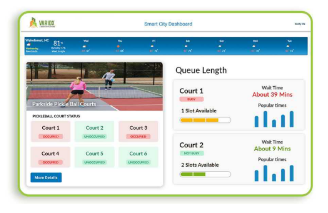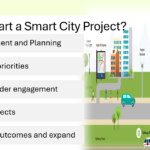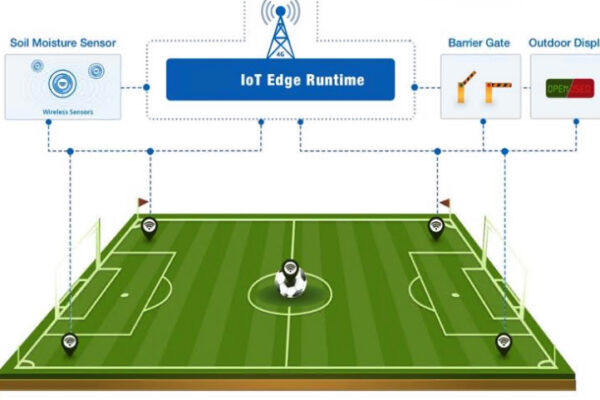7 Ways Technology is Transforming Parks and Recreation Departments
Parks and Recreation directors across the country are embracing innovative technologies to enhance their operations and visitor experiences. Here’s how cutting-edge tech is reshaping the landscape of community green spaces and recreational programs:
1. Smart Park Wi-Fi: The Digital Oasis
Many directors have found that implementing Wi-Fi throughout their parks is a game-changer. Visitors are staying longer, sharing their experiences on social media, and inadvertently becoming brand ambassadors for these green spaces. It’s a win-win situation that boosts engagement and provides free marketing for parks.
2. Virtual Tours and Augmented Reality: Parks Without Borders
Virtual tours have become an essential tool for Parks and Rec departments. These digital experiences allow people to explore parks from the comfort of their homes, making them accessible to those with mobility challenges or those planning future visits.
But the excitement doesn’t stop there! Augmented Reality (AR) and Extended Reality (XR) are taking park visits to a whole new level. Imagine visitors pointing their smartphones at a tree and instantly seeing information about its species, age, and ecological importance. Or picture families going on AR-powered scavenger hunts that blend the digital and natural worlds. These technologies are not just enhancing visits; they’re creating entirely new ways to interact with and learn from our parks.
3. Streamlined Online Registration: Say Goodbye to Paperwork
Online registration systems have revolutionized how departments manage program sign-ups. Directors report significant increases in participation for summer camps, fitness classes, and other activities. The ease of use for both staff and community members has made this technology a must-have for modern Parks and Rec departments.
4. Mobile Apps: Parks in Your Pocket
Department-specific mobile apps have become indispensable tools for both visitors and staff. These apps provide easy access to trail maps, event schedules, and real-time updates about park conditions.
But the functionality doesn’t stop there. Many directors are now incorporating features that provide real-time occupancy status for popular amenities like pickleball and tennis courts. Imagine a park visitor checking their phone to see if a court is available before making the trip. Some apps even integrate with weather warning systems, sending push notifications when a soccer field needs to be closed due to lightning strikes in the area. This level of real-time information not only enhances the visitor experience but also improves safety and resource management.
5. IoT Sensors: The Silent Park Managers
Internet of Things (IoT) sensors are proving to be invaluable assets for park management. These small but mighty devices collect data on everything from soil moisture levels to playground equipment usage. Directors are using this information to make data-driven decisions that improve park maintenance and visitor experiences.
6. Operational Efficiency Technologies: Working Smarter, Not Harder
Parks and Rec directors are implementing a variety of technologies to boost operational efficiency:
- Smart irrigation systems are reducing water waste by up to 25% in some parks.
- Automated maintenance scheduling software is helping teams allocate resources more effectively.
- Waste management sensors in trash bins are optimizing collection routes.
- Digital asset management software is reducing maintenance response times by as much as 40%.
- Drone technology is making inspections of hard-to-reach areas safer and more efficient.
-

Smart Parks Dashboard
These innovations are not only improving park operations but also freeing up resources for other community-focused initiatives.
7. Energy Harvesting Systems: Parks That Power Themselves
Forward-thinking directors are exploring energy harvesting technologies to make their parks more sustainable. Solar-powered benches that charge visitors’ devices and kinetic energy tiles on busy walkways are just the beginning. These innovations are helping parks generate their own electricity, reducing energy costs and environmental impact.
As Parks and Recreation directors look to the future, the potential for technology to enhance community green spaces seems limitless. From AR-powered nature walks to AI-driven program recommendations, the parks of tomorrow promise to be more engaging, accessible, and sustainable than ever before.
By embracing these technological advancements, directors aren’t just improving their parks – they’re reimagining what a park can be in the 21st century. It’s an exciting time to be in Parks and Recreation, and the innovations on the horizon promise to keep our green spaces at the forefront of community life for generations to come.




